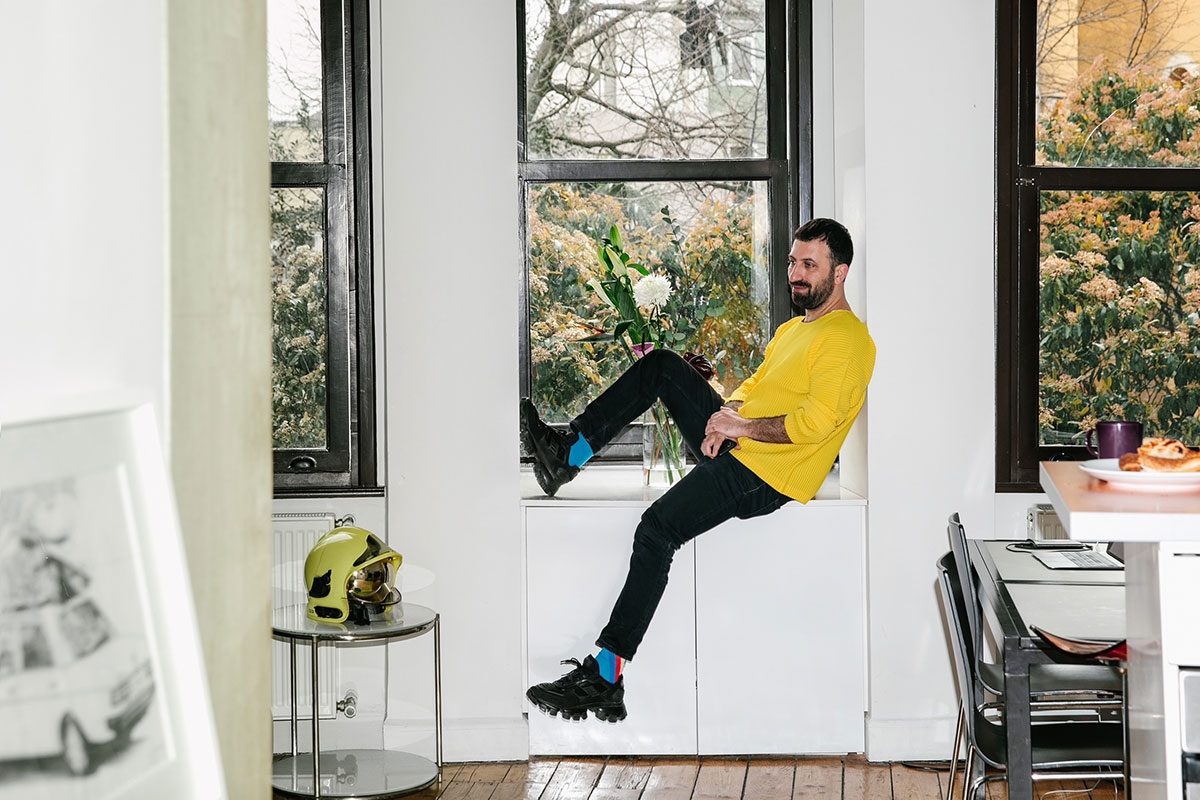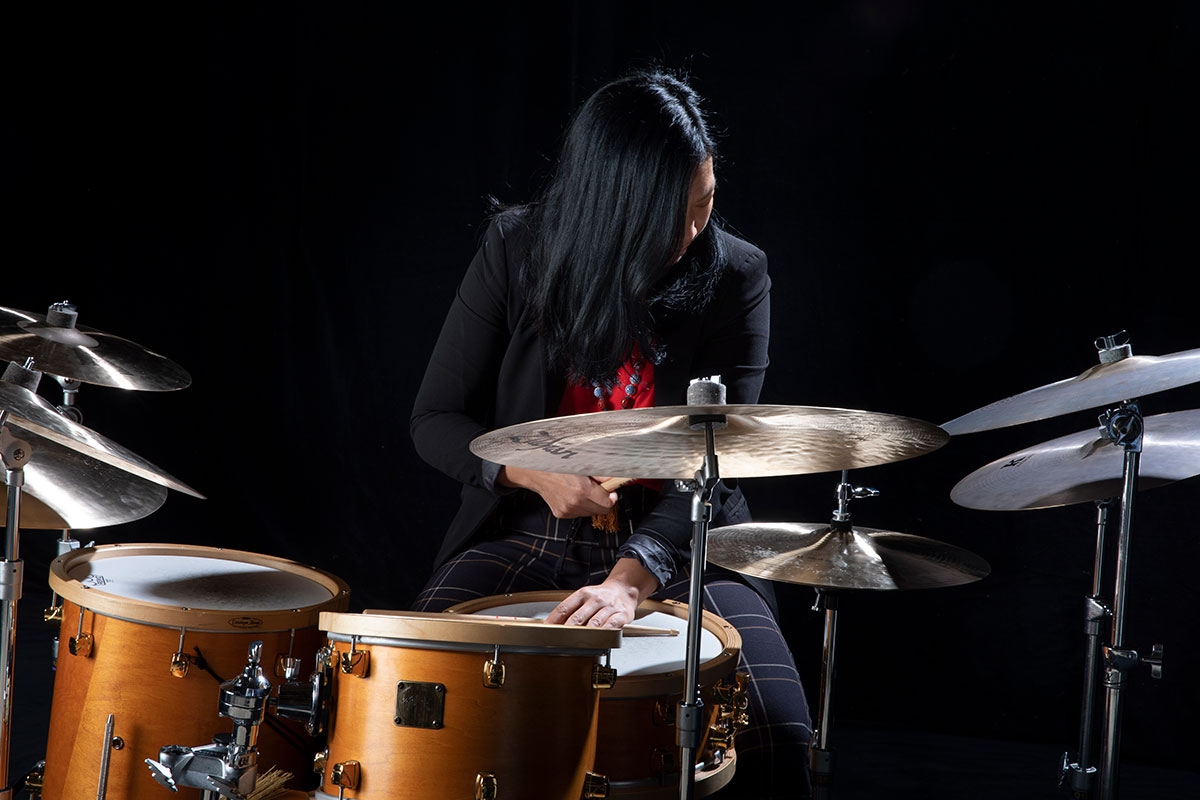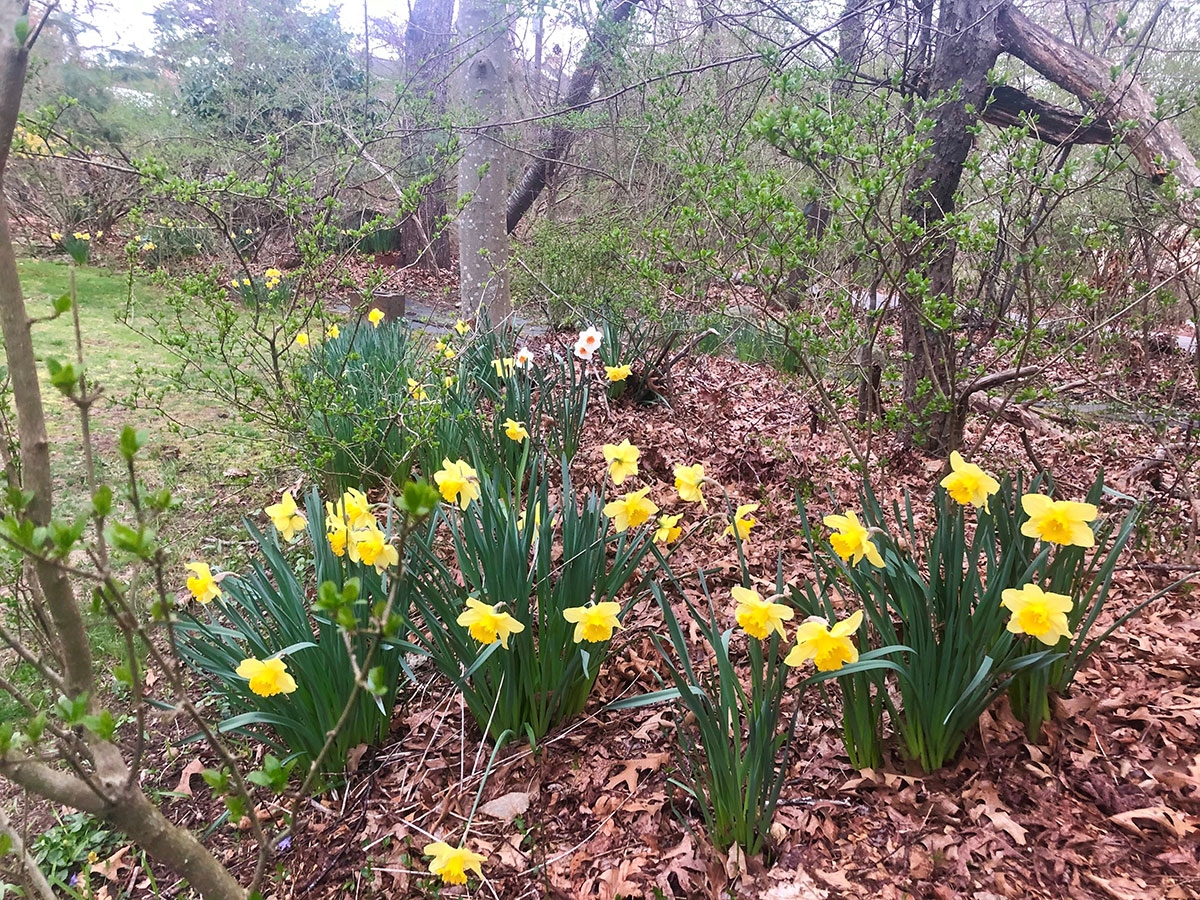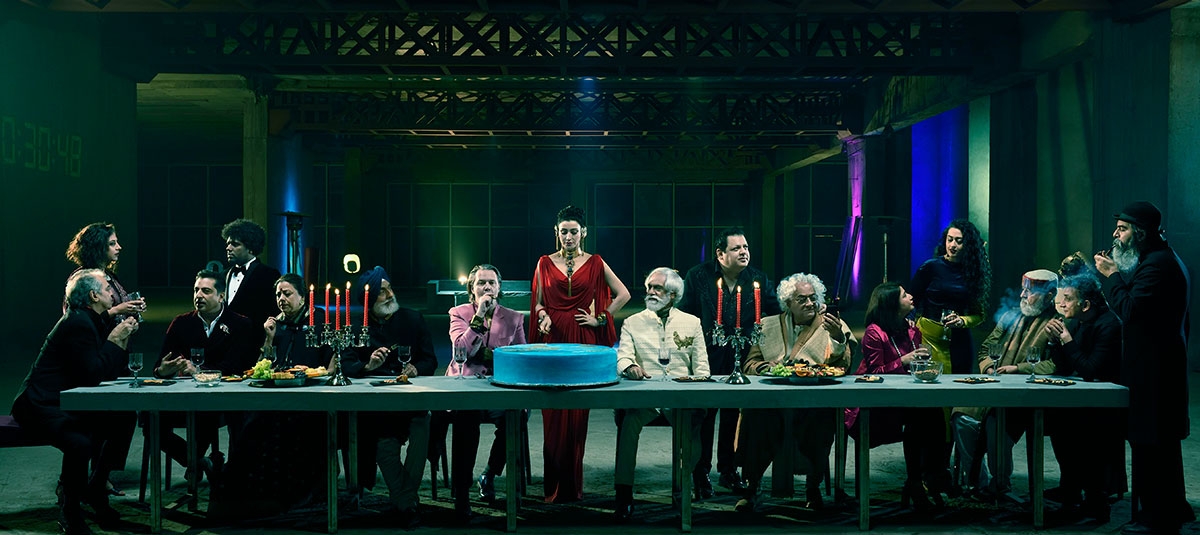
Photograph courtesy of Vibha Galhotra Studio
-
Photograph courtesy of Vibha Galhotra Studio
Dreaming With: Vibha Galhotra
In the lead up to the Triennial opening, our Dreaming With Q&A series provides an exclusive glimpse into the artists’ lives and studios.
Where have you been during the lockdown?
I have been at home in Delhi, India.
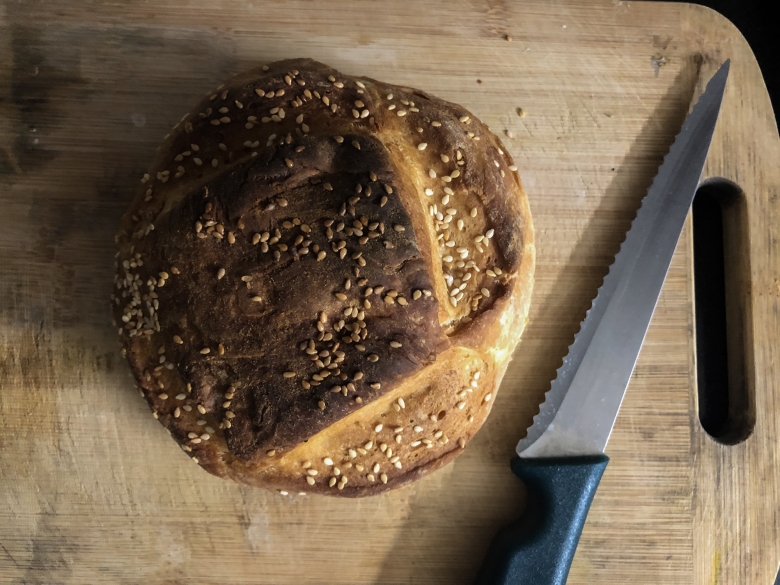
Photograph courtesy of Vibha Galhotra Studio
Is there anything you have found yourself cooking a lot of, and if so, would you be open to sharing the recipe with our readers?
I did cook [from] various cuisines, however, what was exciting and new was baking. In the initial period of the lockdown, I experimented with many recipes and was especially excited to make a sourdough starter, which eventually evolved into baking different types of bread.
What are you reading?
Recently, I began reading Down to Earth: Politics in the New Climatic Regime by Bruno Latour (Polity, 2018), which addresses the present ecological mutation and describes the explosive repercussions it can have on furthering inequalities in society, causing massive deregulation, and overall diffusing the dream of globalization, in the process turning modern-day reality into a nightmare for most people.
Due to this, there is an urgent need to redefine political, economic, and personal priorities, turning them away from the national or global region towards the Earth as a whole. The present-day scenario has highlighted the dire need to create and adopt new ways of inhabiting the planet, the sustainability of the latter being an imminent threat to all civilization. Bringing us back down to Earth is the direction politics needs to take.
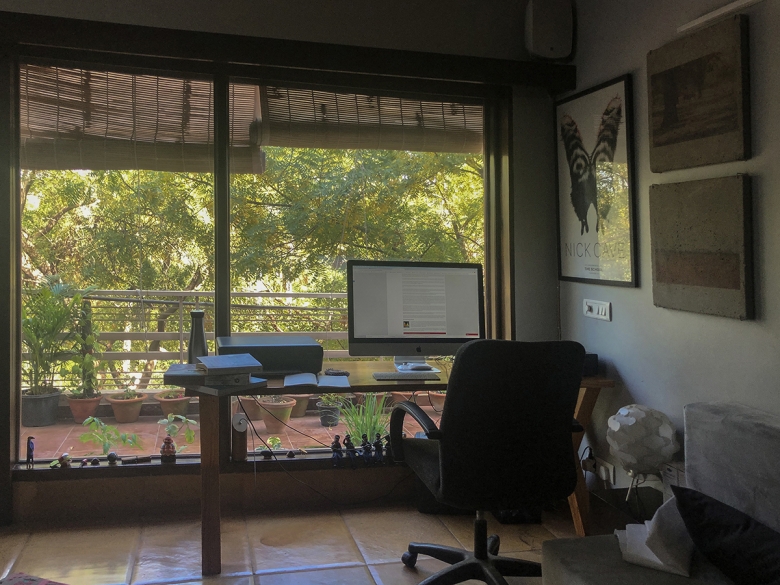
Photograph courtesy of Vibha Galhotra Studio
What music are you listening to?
The choice of music depends on my mood. My mornings usually begin with Indian classical music, [including] listening to masters like Pandit Jasraj, Bhimsen Joshi, T. M. Krishna, Shubha Mudgal, and others. In the evenings, I prefer to listen to jazz, Bollywood music from the 80s, Sufi, and other genres.
Have you seen any particularly good digital exhibitions in the past few months?
I believe that seeing visual art in a digital space does not do justice to the work, therefore, I haven’t been following too many digital exhibitions closely. However, during the lockdown, I revisited the practice of Louise Bourgeois, and it’s always a treat.
What do you find yourself working on most during quarantine?
I have to say that living in isolation isn’t quite easy. In the beginning, it evoked many highs and lows and helped me reflect on many aspects of my life, not just as an artist, but as a whole. Reading and seeing visuals about the reverse migration of laborers, some of whom were walking up to 400 km to reach their hometowns, the sight of their misery, hunger, mistreatment, and even death in some cases was not only heartbreaking, but induced a sense of loss and led me to question the fragile structures of the society we live in.
I have also been attending numerous webinars and Zoom conversations as well as giving virtual presentations about my practice.
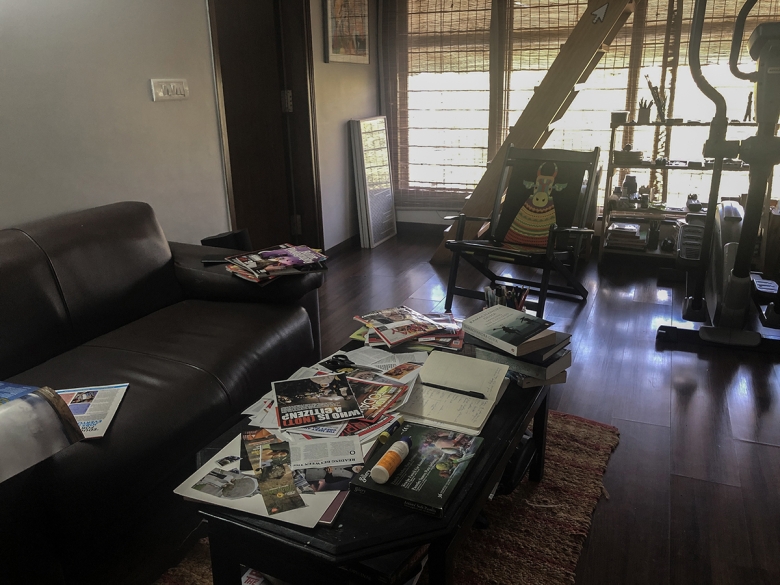
Photograph courtesy Vibha Galhotra Studio
How has your studio practice changed in recent months?
The first forty-five days of the COVID lockdown in India was a complete shutdown due to which I did not have access to my studio at all. During [this] period I was sketching and making doodles at home. However, since I started going to my studio again, I have been working on some commissioned works which is taking a relatively longer period of time due to the COVID-related precautions of social distancing that my studio staff and I try to maintain.
Have you created any art in response to the pandemic?
Yes, I have. IN _ _ _ _ TIMES is a series of staged photo works conceived in response to the unimaginable period brought on by the COVID-19 pandemic and is in some respects a continuation of the work I am creating for the Asia Society Triennial. The work exudes a forced sense of social distancing in fear of contracting the virus that has massively changed the world order, questioning the very meaning of what was previously considered normal. Despite being pushed towards surreal boundaries and lifestyles, the gap between our indispensable need for our planet and our uninhibited abuse of the same continues to widen. I wanted to create this series of photo works, then, to express this augmented fear of new-age viruses and the isolation that, while is considered forced in the present times, might just be the new normal of the future.
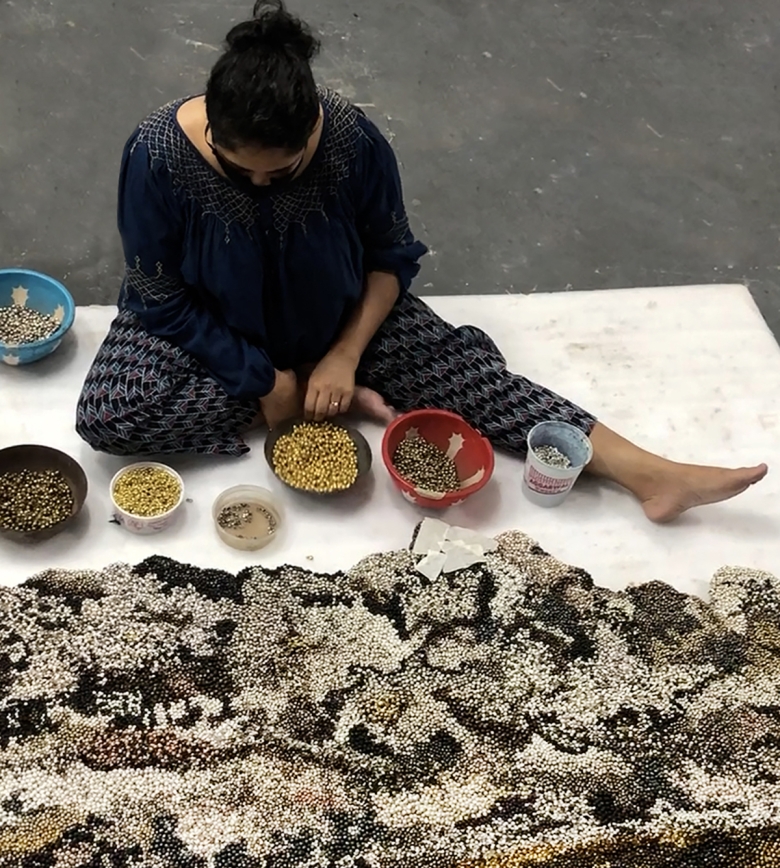
Photograph courtesy Vibha Galhotra Studio
What artists most inspire you?
The list is really long, but I must say that I am inspired by art that has the potential to stimulate and bring about social change or transports the viewer from his or her existing surroundings to an altogether different realm.
Artists like Somnath Hore, K. G. Subramanyan, Nalini Malani, Zarina Hashmi, Sudhir Patwardhan, Amar Kanwar, Goya, William Kentridge, Louise Bourgeois, Matthew Barney, Joseph Beuys, John Akomfrah, Kerry James Marshall, El Anatsui, Doris Salcedo, Mona Hatoum, Judy Chicago, Wassily Kandinsky, Stanley Brouwn, and Kara Walker, to name a few.
What are you most looking forward to about participating in the upcoming inaugural Asia Society Triennial?
I am really looking forward to being a part of the inaugural Asia Society Triennial. I will be exhibiting one of my dream projects on the subject of water. I have had to change the script of the initial project due to the COVID pandemic, however, the subject of the project still revolves around water. I am currently working on the new script for the film and am very excited to marry the facts or, to say, the reality with the fiction [that] I will propose for the protagonist i.e. water.
What do you most want viewers to take away from experiencing your work in the Triennial?
That’s a big question and an even bigger claim to ask for a work of art. Once the artwork is made it takes its own journey. However, I would like to create an experiential space for the subject I am working on, the ownership of water, [which is] the very life source of human existence and the pivotal element for our survival. Through my work, then, I would like to expose the blatant mistreatment and abuse of water wherein by threatening its existence, it now threatens our survival.
Has your perspective as an artist changed in the midst of the pandemic?
I don’t know if the pandemic has changed my perspective as an artist, but it definitely has, as a human being, forced me to notice and reflect upon the fragility of our world and the structures we hide behind. The experience is definitely daunting especially for people living in this part of the world with limited means of resources and health care services.
